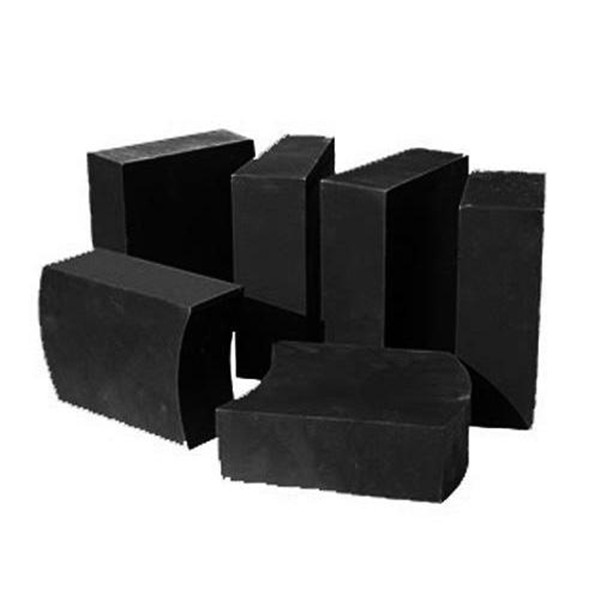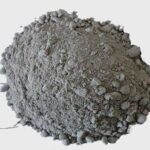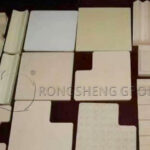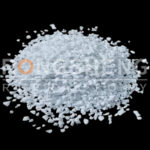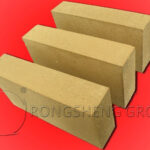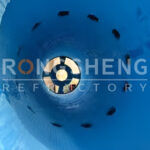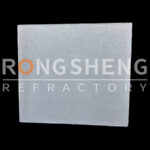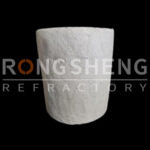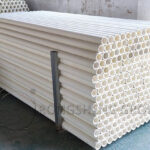Steel Tapping Hole Refractory Material Description
Ordinary electric arc furnace’s steel tapping method is groove type, which needs great inclination angle, has high erosion speed to refractory material. So electric furnace’s service life is short, steel smelting efficiency is affected. Meanwhile, groove tapping also has these advantages: severe scouring to ladle, steel liquid is easy to be oxidized, slag can’t be kept in the furnace. Generally speaking, groove tapping is not beneficial for reducing refractory material consumption and powder energy saving.
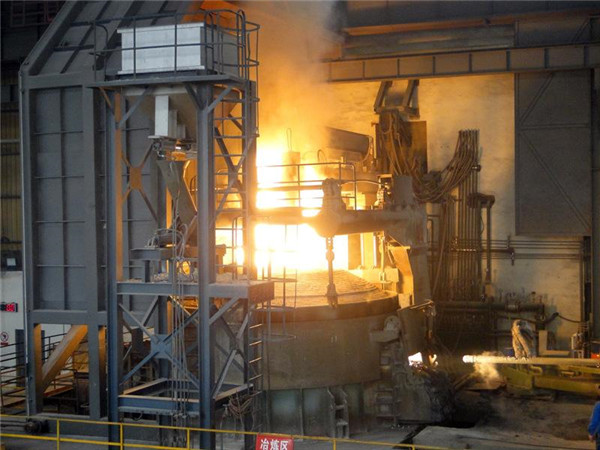
To overcome these defects of groove tapping method, eccentric bottom tapping method is developed, which characterizes: 1. Water cooling wall area is increased, refractory material consumption and expenditure is decreased. 2. Tapping speed is quicker, will not disperse during tapping, can minimize air oxidation, improve steel quality. 3. Can realize no slag tapping, reduce heat loss and slag corrosion to refractory material. Eccentric tapping method can decrease electric powder consumption and prolong furnace lining service life.
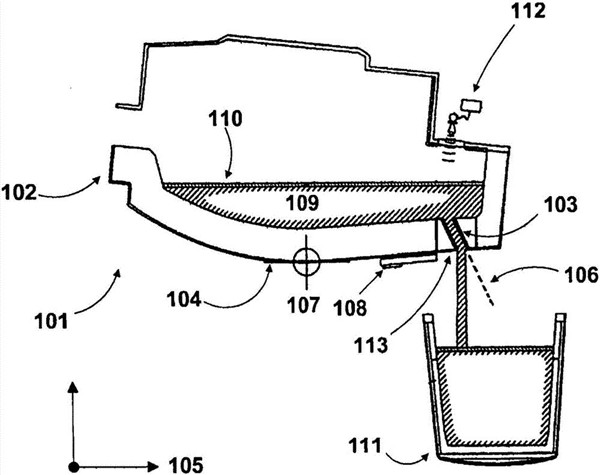
When the shutter is closed, refractory material can be tamped into tapping hole from upwards, then smelting raw material can be loaded into furnace. When the shutter is opened, brasque material and steel liquid will pour out. Shutter has mechanical structure, brasque is usually magnesia, silica or forsterite refractory material. In most cases, sleeve bricks are magnesia refractory or magnesia carbon refractory. Pocket bricks are oil immersed re-bonded magnesia bricks. The gap between sleeve bricks and pocket bricks is usually stuffed by magnesia joint material. During using, the main damage of tap hole is the damage of sleeve bricks and tail bricks.
Eccentric Bottom Taphole Sleeve Bricks & Tail Bricks Damage Mechanism
For sintered magnesia sleeve bricks and tail bricks, the main damages are thermal shock spall and steel liquid scouring. For MgO-C sleeve bricks and pocket bricks, thermal shock spall is not key factor, main reason is the oxidation of carbon in magnesia carbon bricks, which will cause the formation of loose decarbonization layer. In some cases, brasque material will be sintered, or steel water will infiltrate into brasque and solidifies, which will weld the brasque and block tapping hole. To solve this problem, oxygen blowing tube should be used to burn the tapping hole. This will generate local high temperature and hyperthermia and cause thermal shock spall and mechanical abrasion of sintered magnesia carbon sleeve bricks, as well as high temperature chemical corrosion. So high quality basic brasque, shorter smelting time and low tapping temperature should be chosen.
Eccentric Bottom Taphole Refractory Material
Eccentric furnace bottom tapping hole are primary built by magnesia bricks, some times are constructed by thin wall ceramic tubes or 2~3 fused bricks. The service life of this material is short and is difficult to maintain. With the development of refractory technique, tube bricks usually choose magnesia carbon bricks, the rest parts are built by tapping hole pocket bricks. The service life is usually between 140~250 times. When tube bricks are consumed, new sleeve bricks can be quickly installed, and joint material can be used to stuff surrounding gaps. Joint material is usually magnesia ramming mass or magnesia castable.
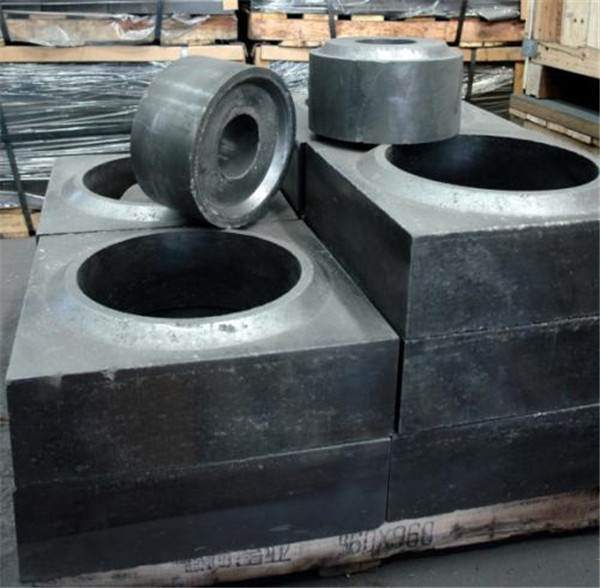
At normal circumstances, taphole pocket bricks are hard to be damaged, pitch immersed magnesia bricks, magnesia carbon bricks are usually adopted. Since tail bricks will suffer strong thermal shock and oxidation, so, alumina silicon carbide carbon bricks which have better thermal shock resistance are used. To prolong tapping hole service life, regular maintenance and patching should be taken, patching materials include: magnesia carbon tube bricks, magnesia chrome castable and magnesia carbon castable.
